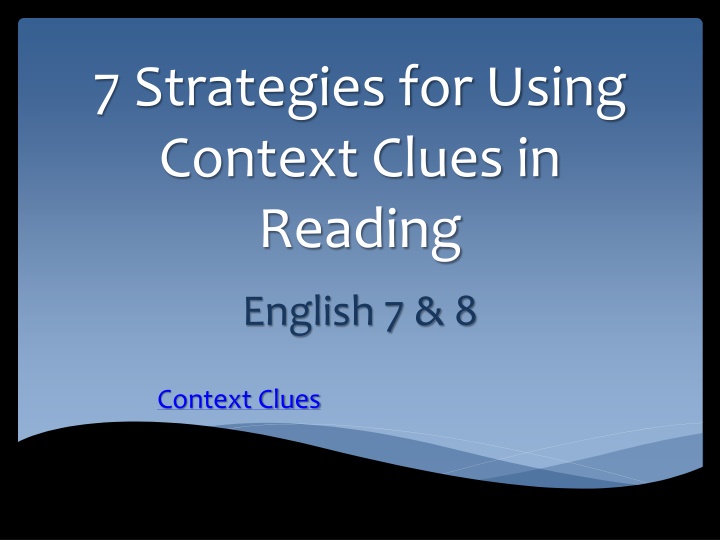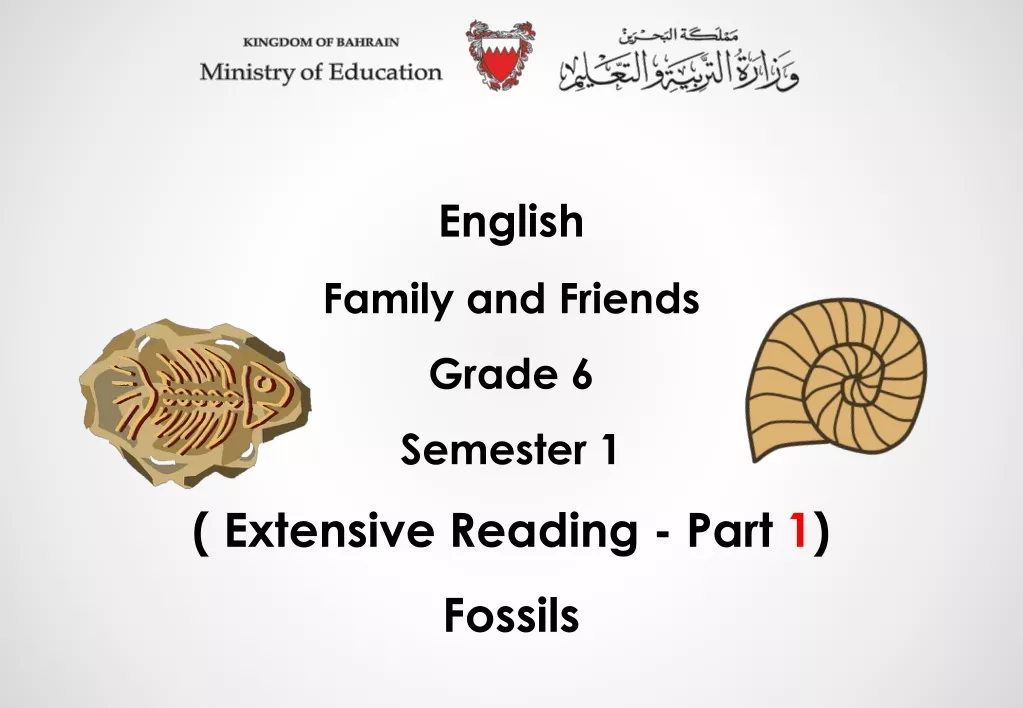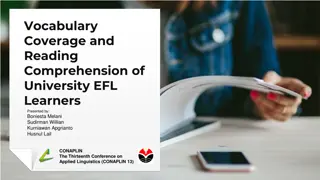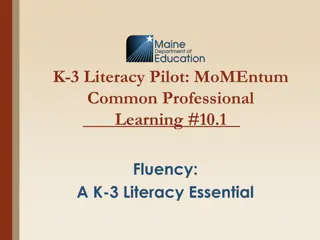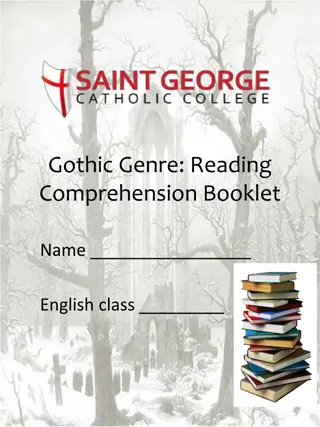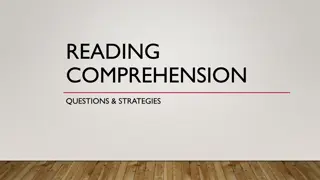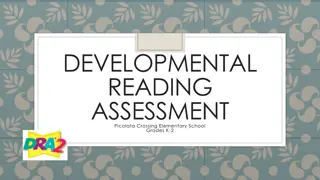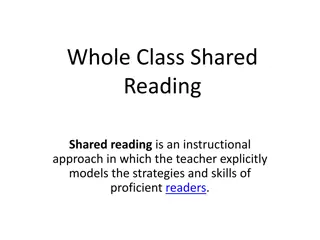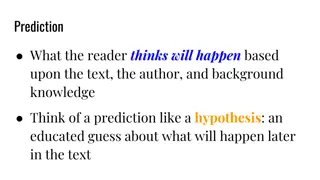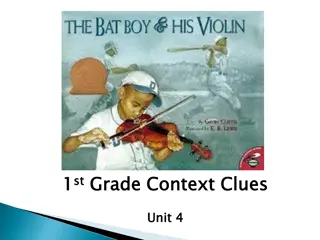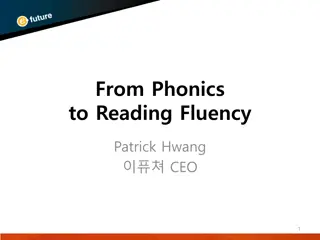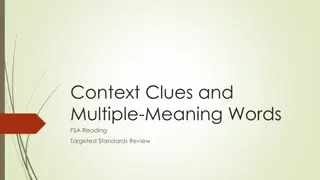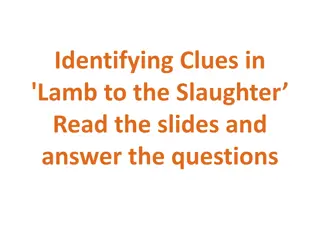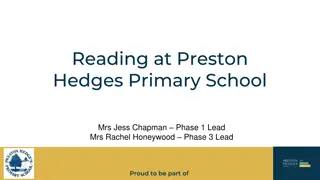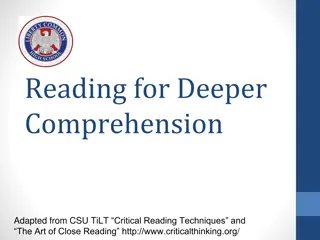Enhancing Reading Comprehension with Context Clues Strategies
Improve your English reading skills by mastering strategies for using context clues, word parts, definitions, synonyms, and examples. Learn how to break down words, identify prefixes and suffixes, find synonyms, and use contextual information to determine meaning. Enhance your understanding of texts by recognizing important language cues.
Download Presentation

Please find below an Image/Link to download the presentation.
The content on the website is provided AS IS for your information and personal use only. It may not be sold, licensed, or shared on other websites without obtaining consent from the author.If you encounter any issues during the download, it is possible that the publisher has removed the file from their server.
You are allowed to download the files provided on this website for personal or commercial use, subject to the condition that they are used lawfully. All files are the property of their respective owners.
The content on the website is provided AS IS for your information and personal use only. It may not be sold, licensed, or shared on other websites without obtaining consent from the author.
E N D
Presentation Transcript
7 Strategies for Using Context Clues in Reading English 7 & 8 Context Clues
Word Parts The idea: Break down the different parts of a word base word (word stem or root word), prefixes, and suffixes to figure out what it means. Some words have a prefix only (reread), a suffix only (reading), both a prefix and a suffix (prereading), a combination (unreadableness), or neither (read).
Word Parts Discrimination Dis-: not, opposite of, reverse, deprive of; apart, away crimin: verdict, judicial decision; judgment tion: indicates the word is a noun
Definition/explanation The idea: Look for a definition or an explanation within the sentence. Discrimination or unfairly targeting one or more groups by those who perceive themselves to be superior can cause distress.
Definition/explanation The idea: Look for a definition or an explanation within the sentence. Vulnerable people are often times in need of protection under certain laws so others cannot take advantage of them.
Synonym What is a synonym? Words that have almost the same meanings such as happy and glad Synonym
Synonym The idea: Words next to the unknown word can be a clue that there is a synonym. Discrimination or bias can cause distress toward the targeted group.
Synonym When people know they are vulnerable or defenseless, they tend to protect themselves to avoid harm.
Example The idea: Providing examples of the unknown word can give readers a clue to meaning. Like shunning smokers in restaurants by making them satisfy their habit outside, discrimination targets a perceived undesirable group
Example Vulnerable people, such as young children, the elderly, or handicapped individuals, might have protections under certain laws.
Antonym/contrast The idea: opposite information about the unknown word can be offset by words and phrases such as unlike, as opposed to, different from. Discrimination, as opposed to fairness for all people, can have damaging effects on a targeted group.
Antonym/contrast Vulnerable people, unlike those who can stand up for themselves, tend to be the target of unethical or dangerous individuals.
Analogy The idea: Comparisons of the word help to determine what it means. The ill effects of discrimination are like hateful, wicked tendrils gripping the heart.
Analogy Vulnerable people can be like fragile glass in need of care and attention.
Appositive The idea: Look for the grammatical structure of appositives which can provide a definition, synonym, or example. Discrimination, the act of showing bias to one group, can have damaging effects.
Appositive The elderly and handicapped, a vulnerable group of individuals, have laws to protect them from unethical individuals.
Words are fun! Read everything!
